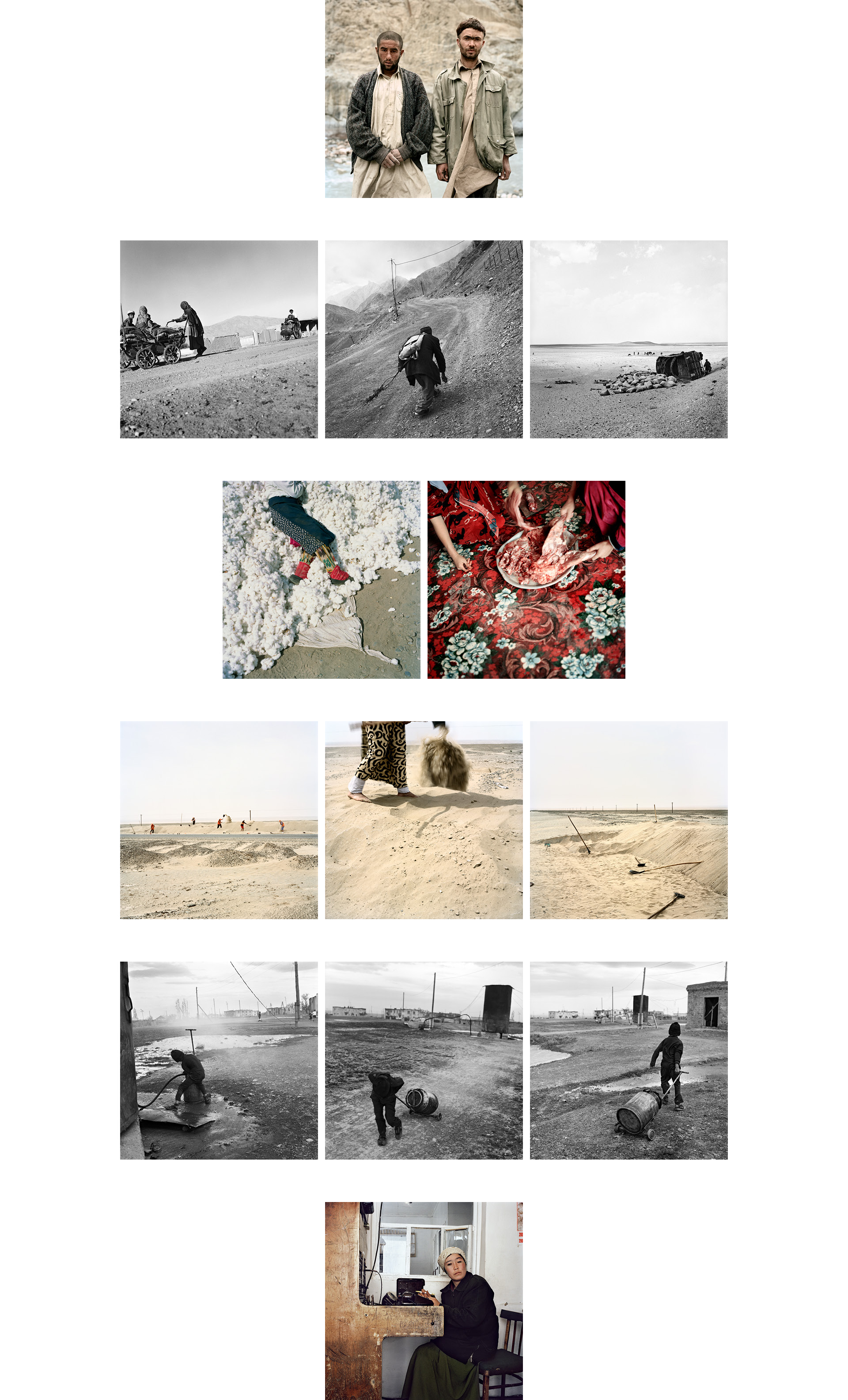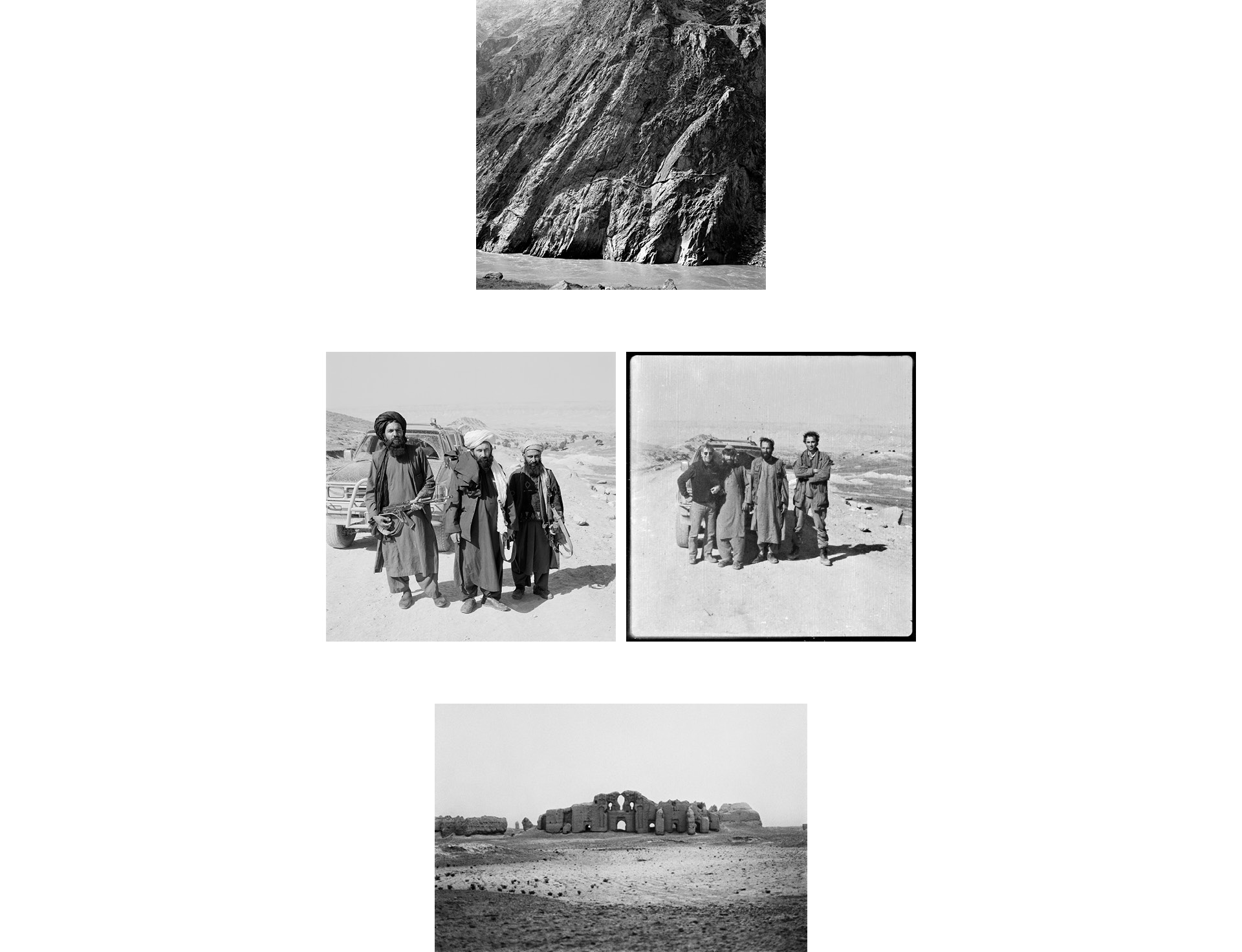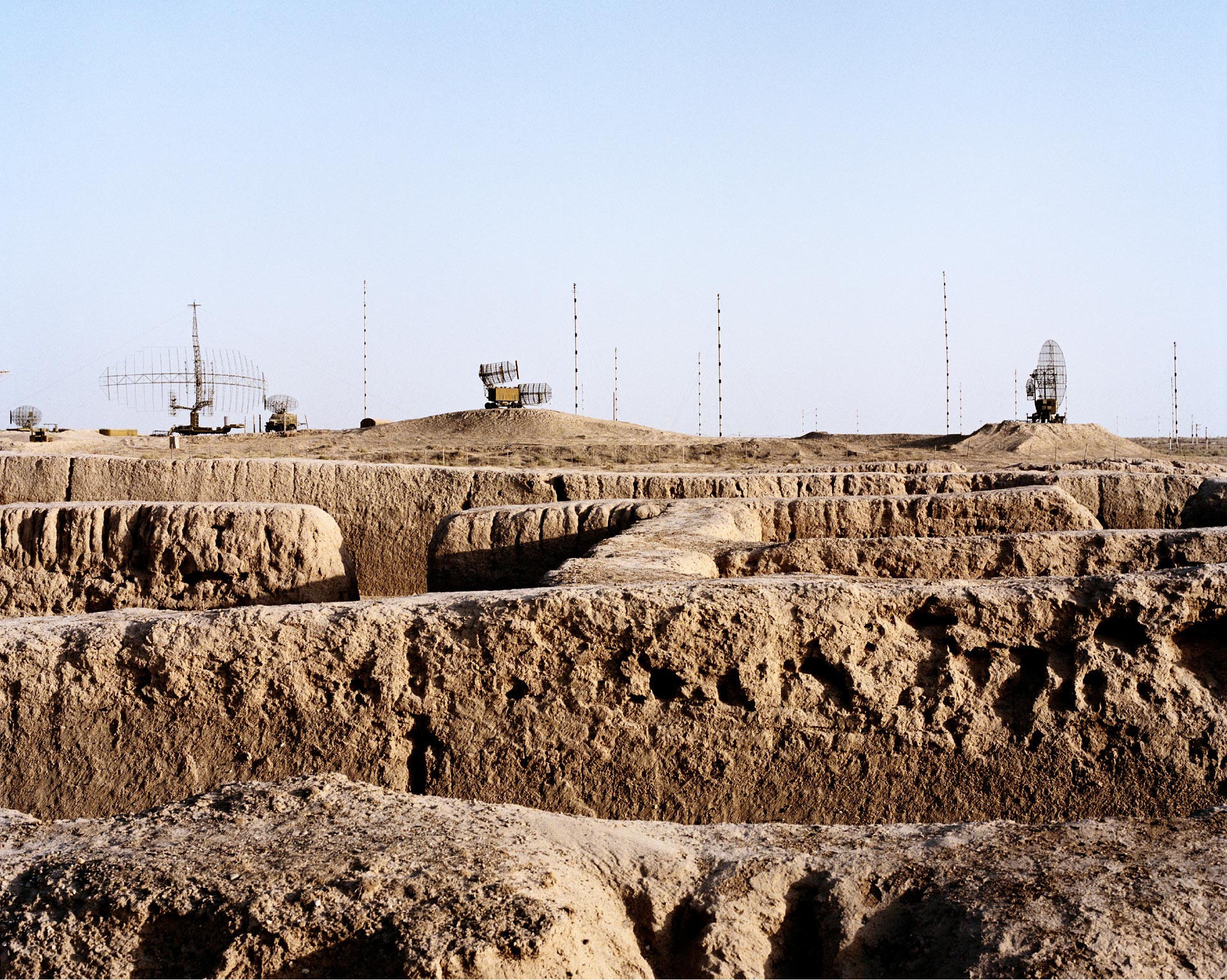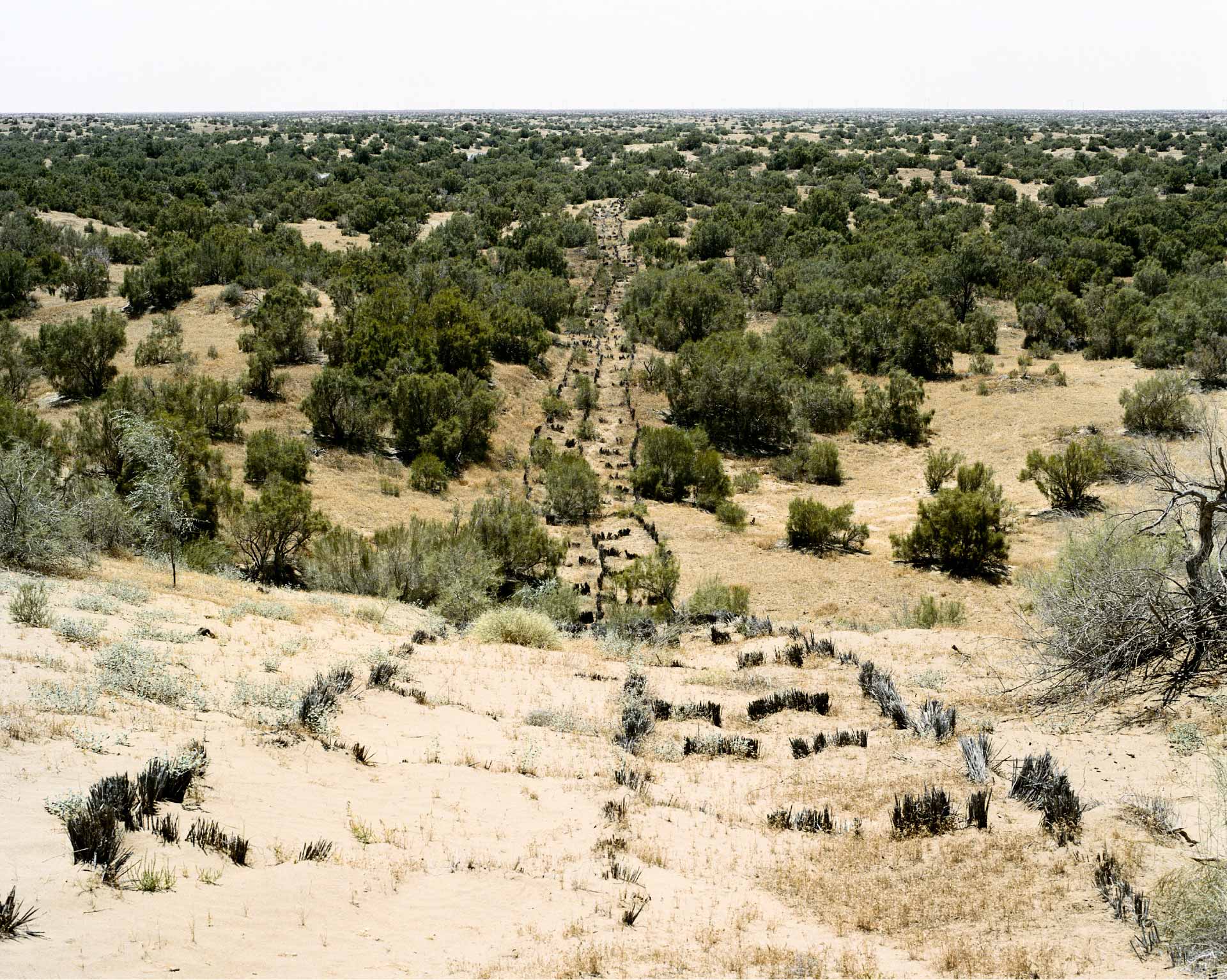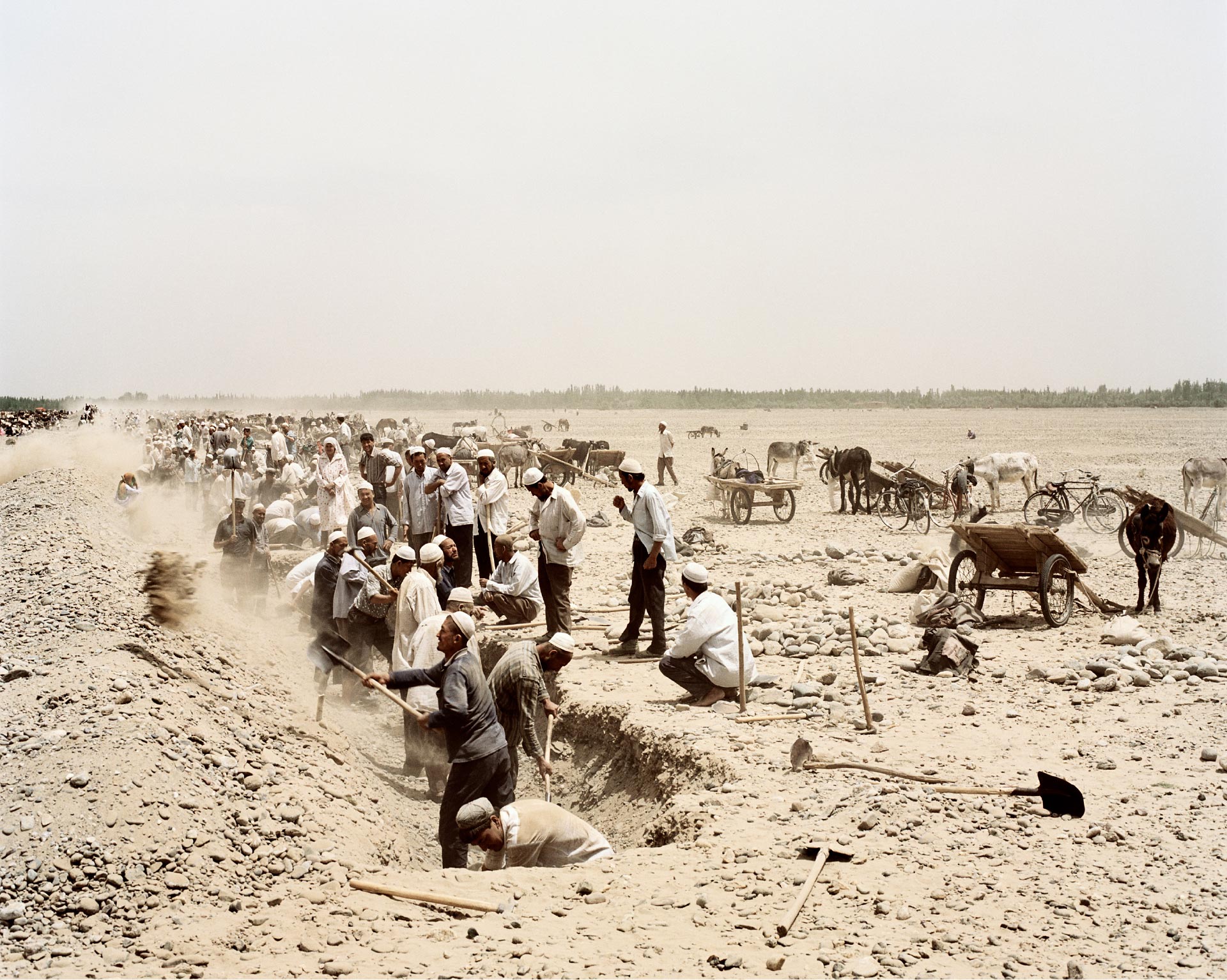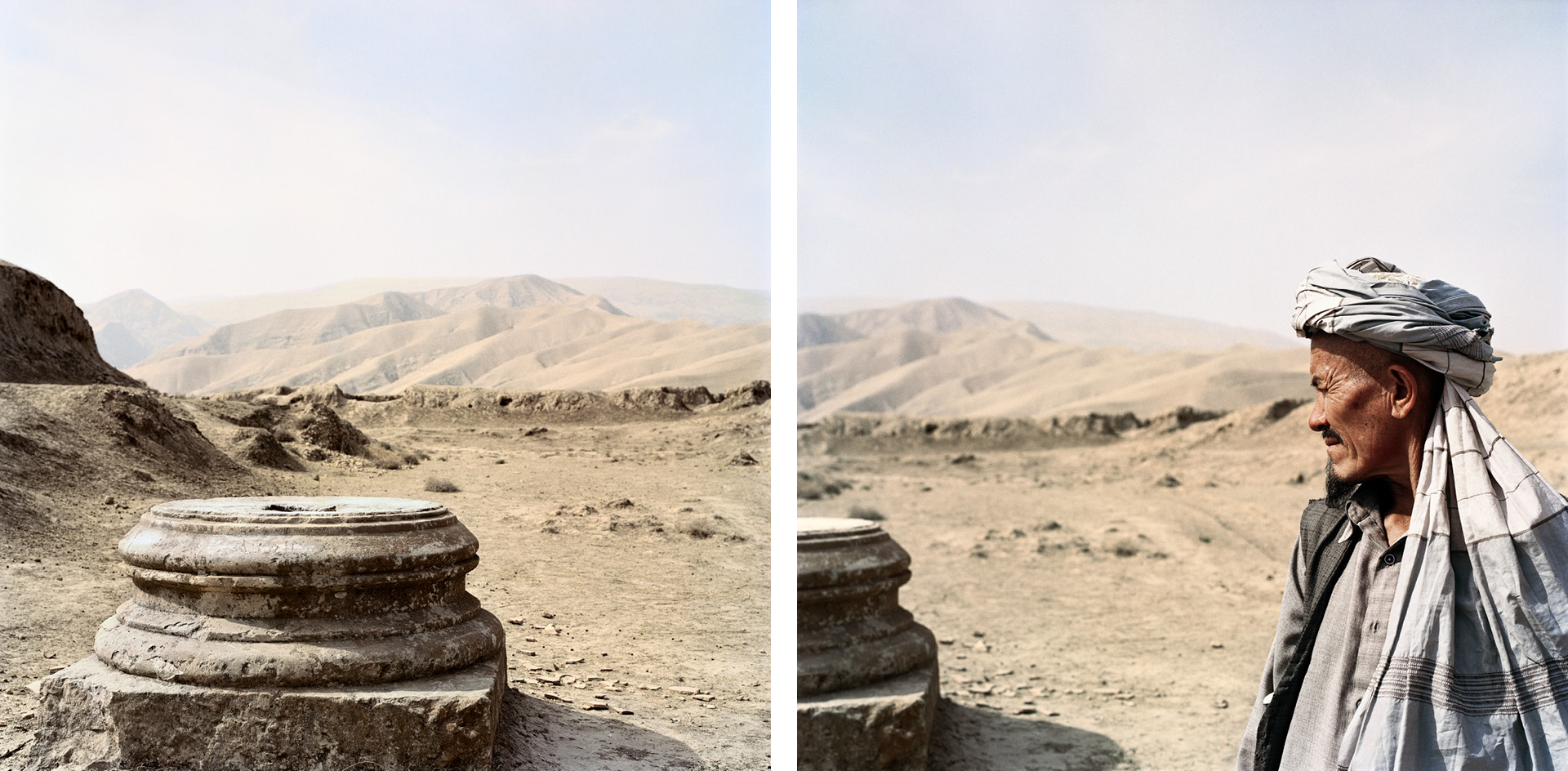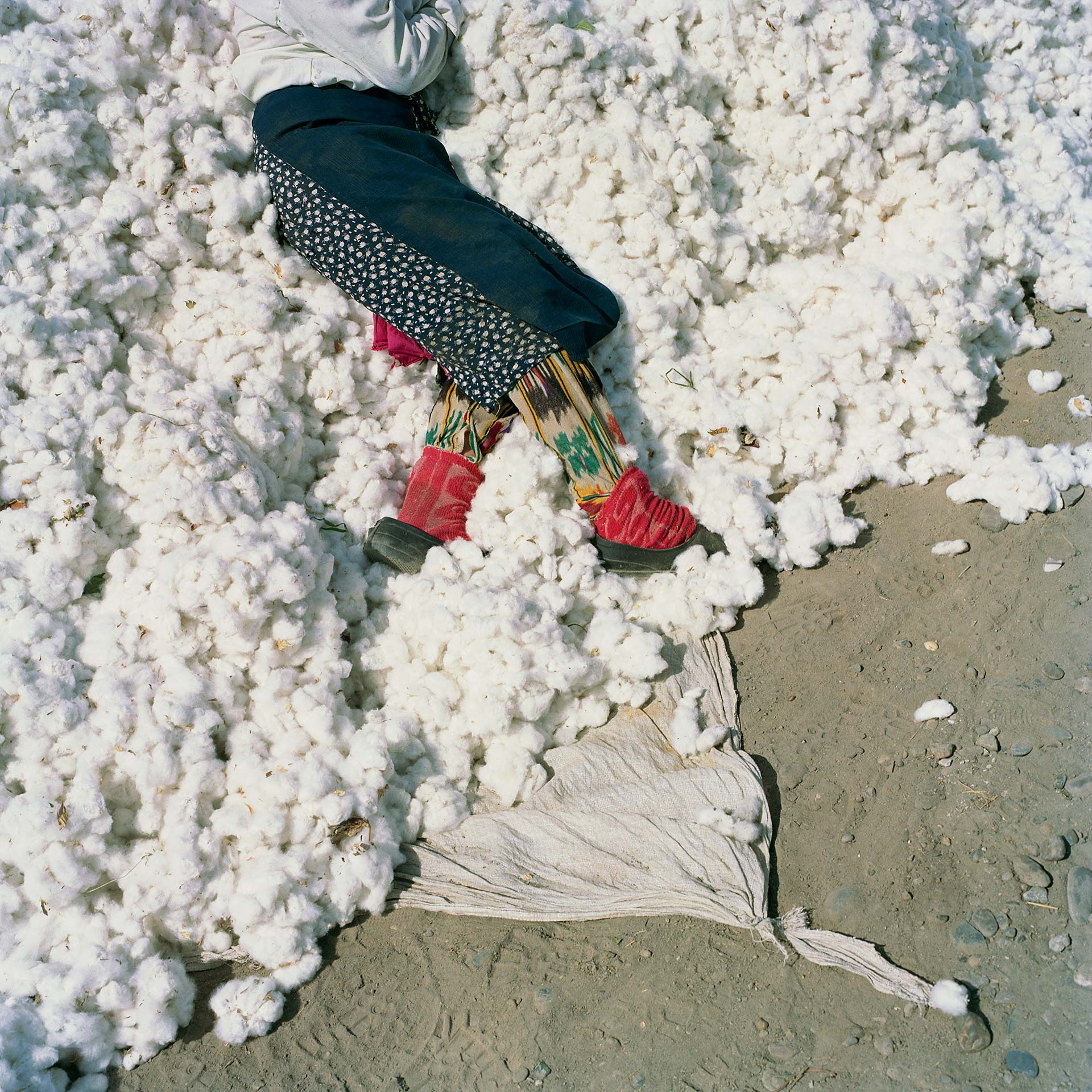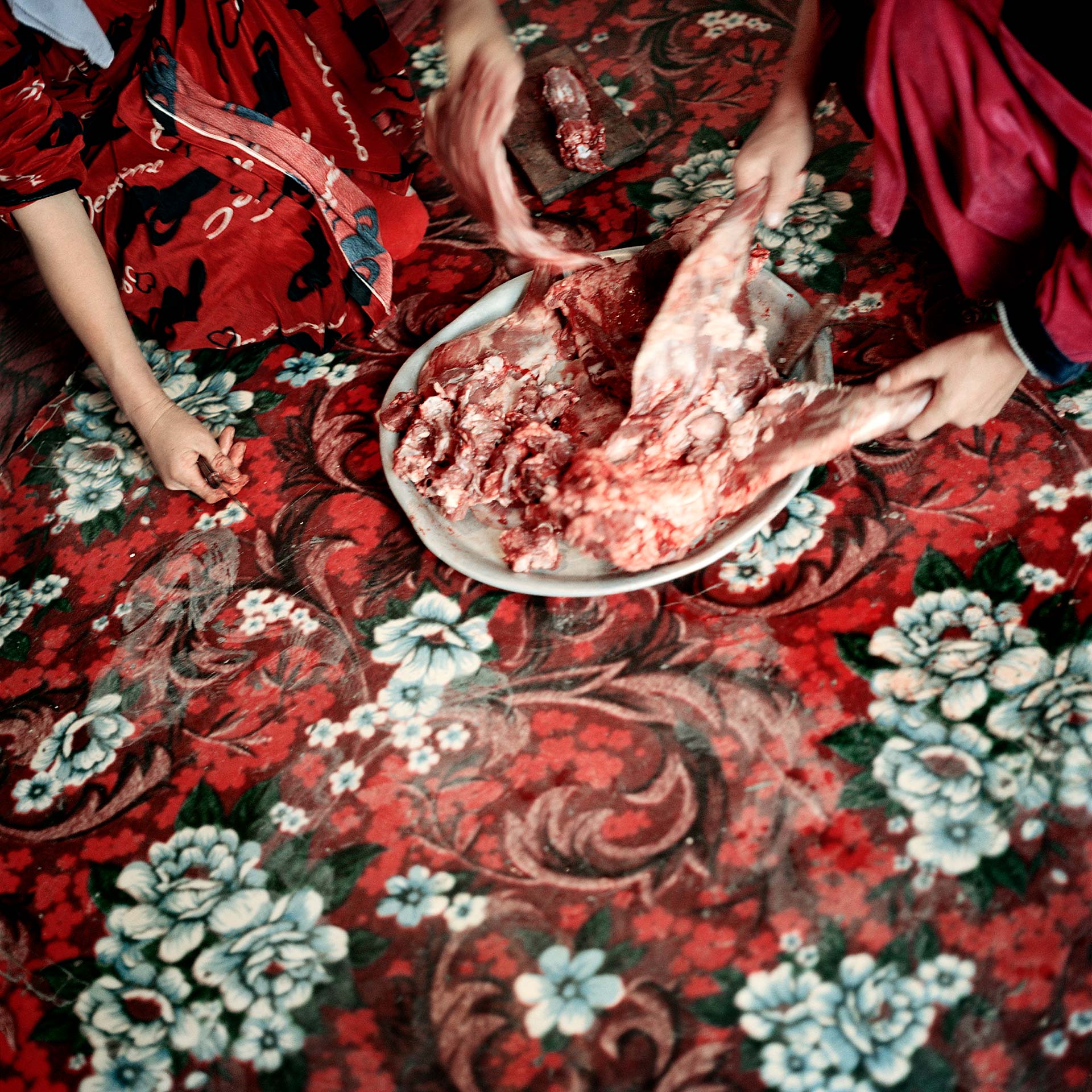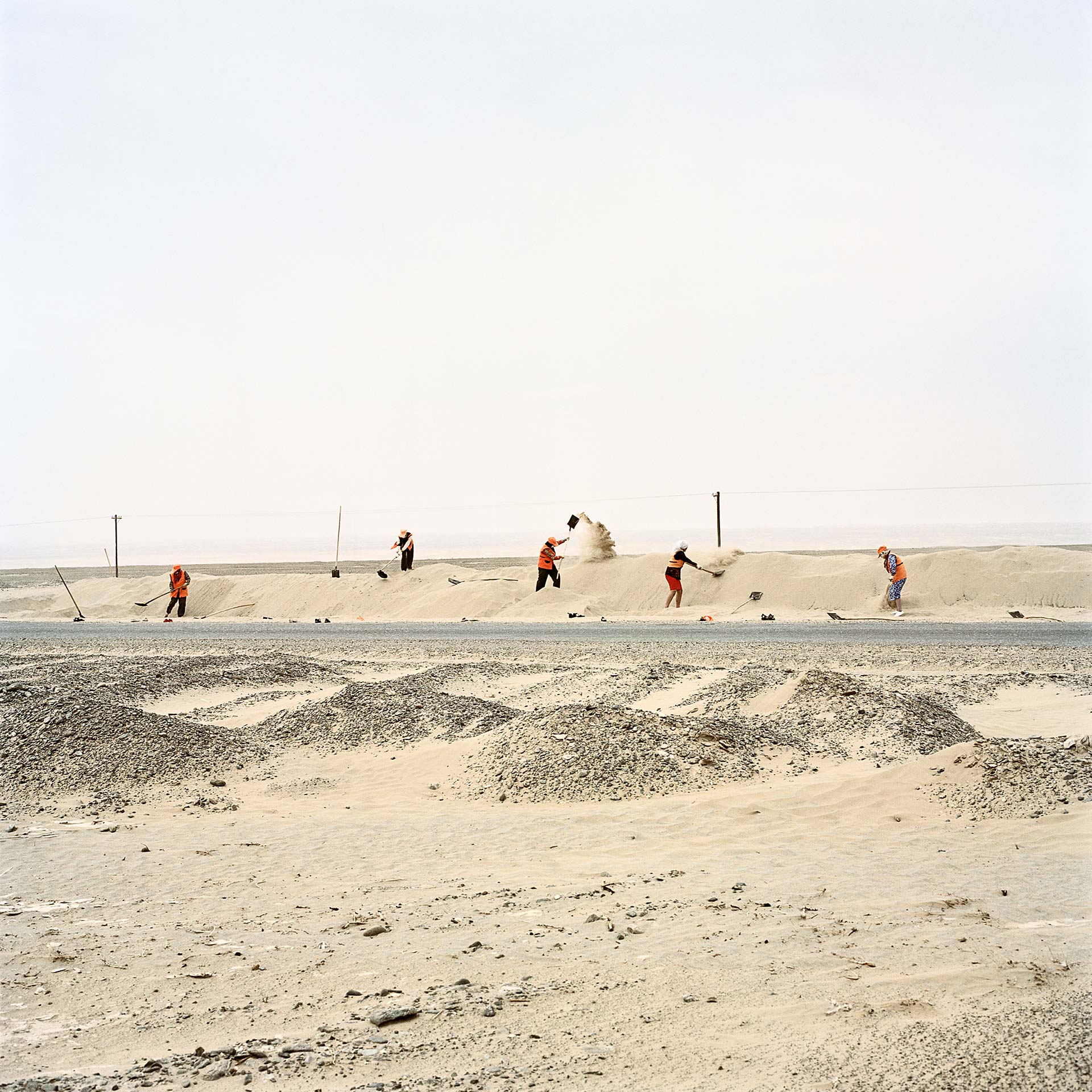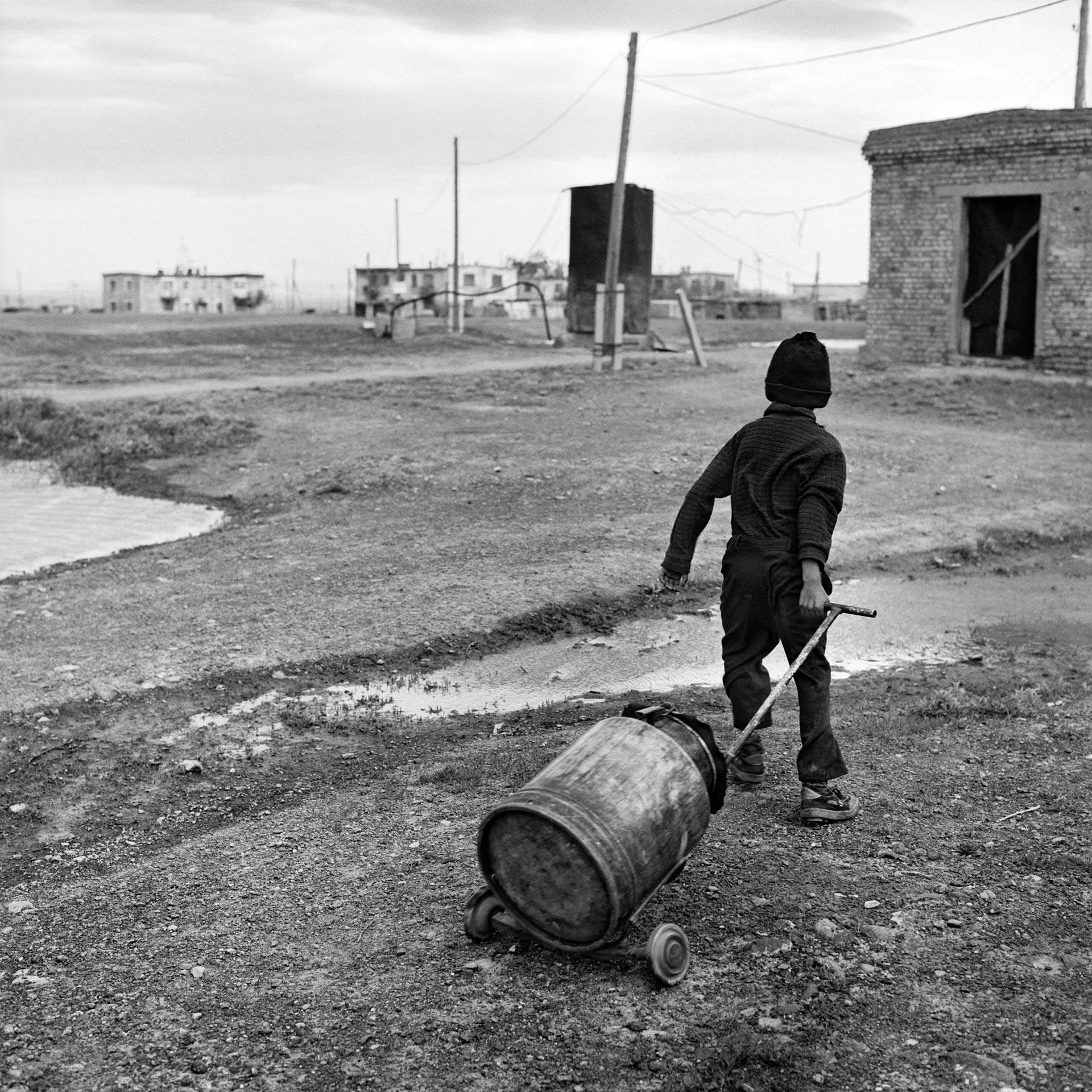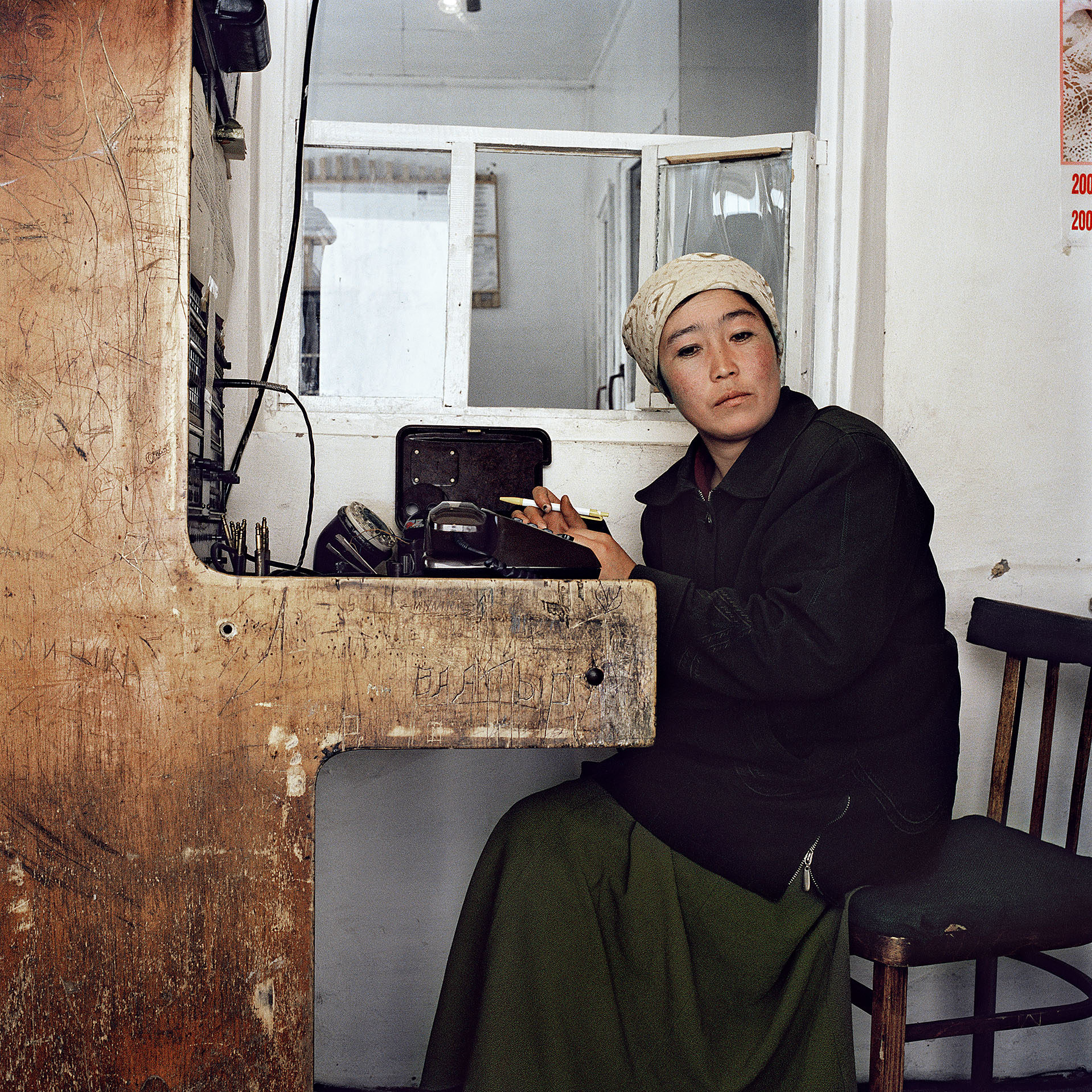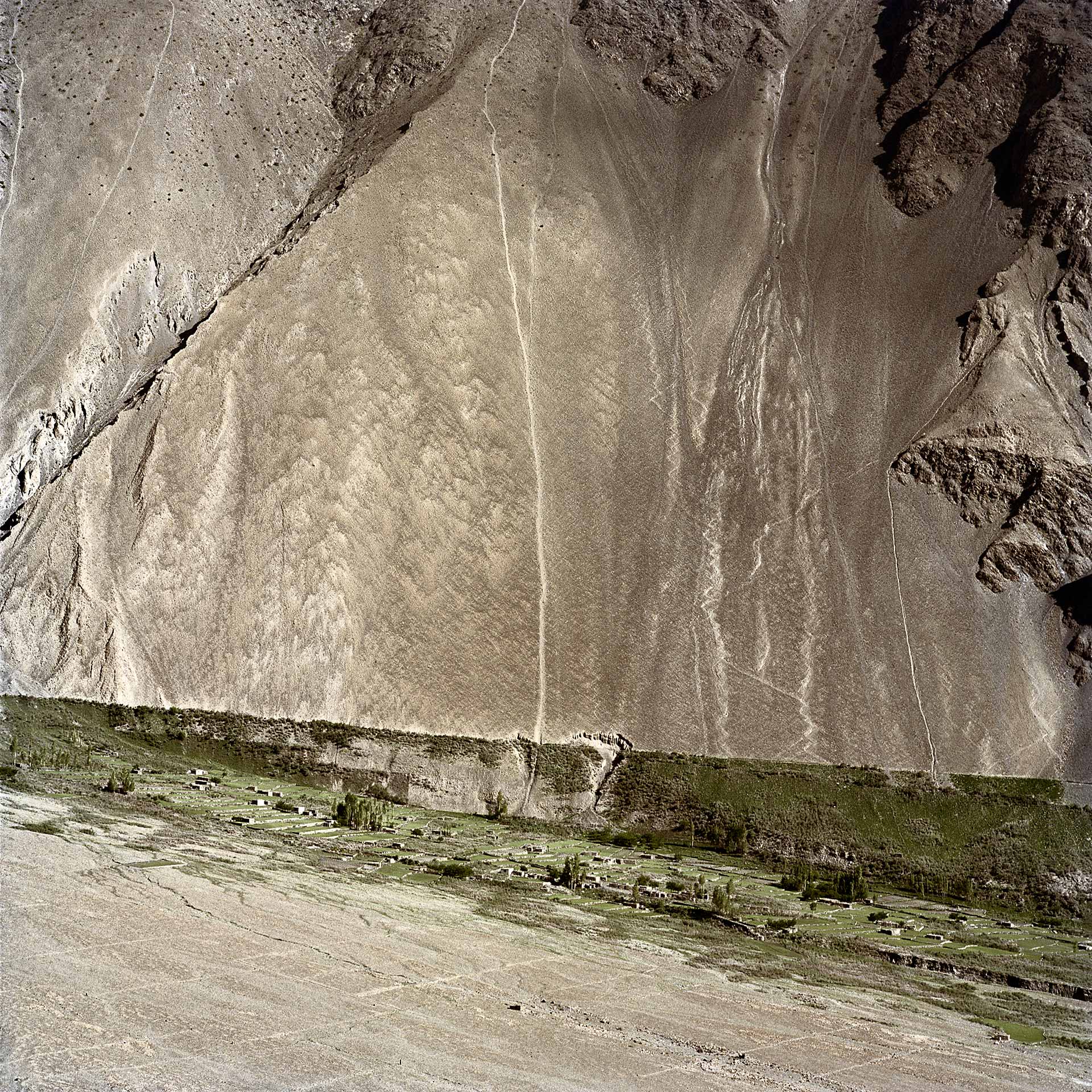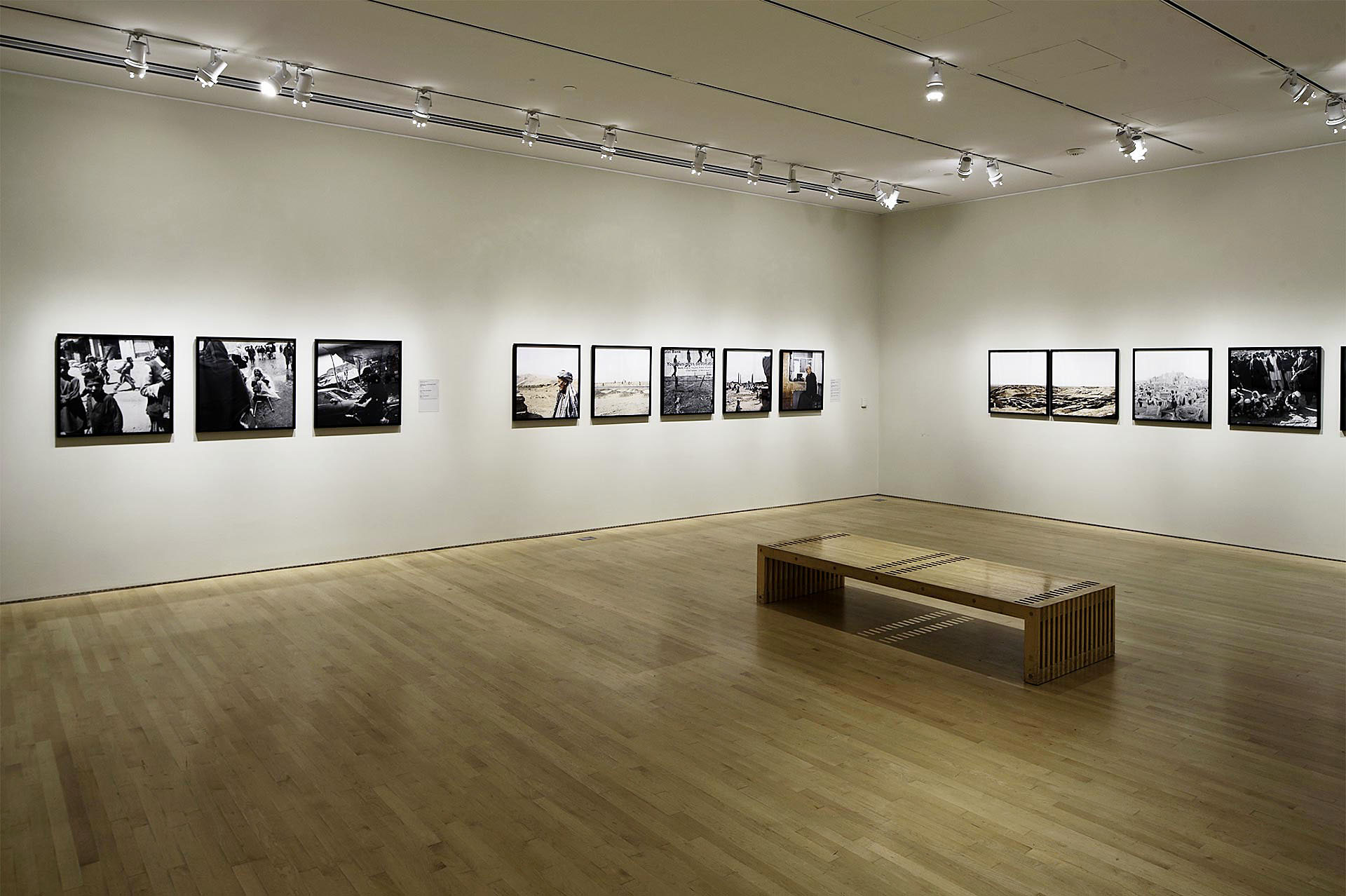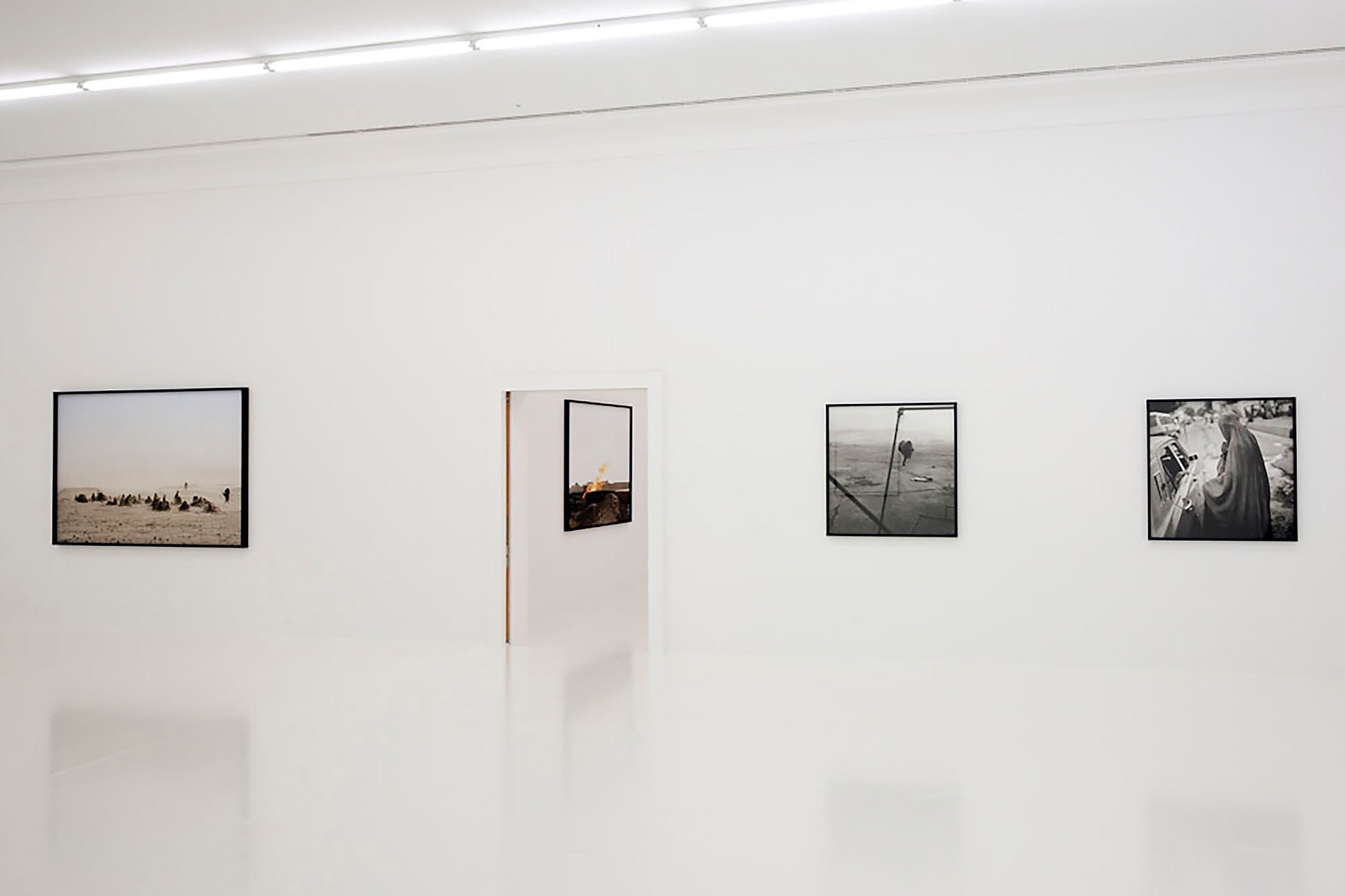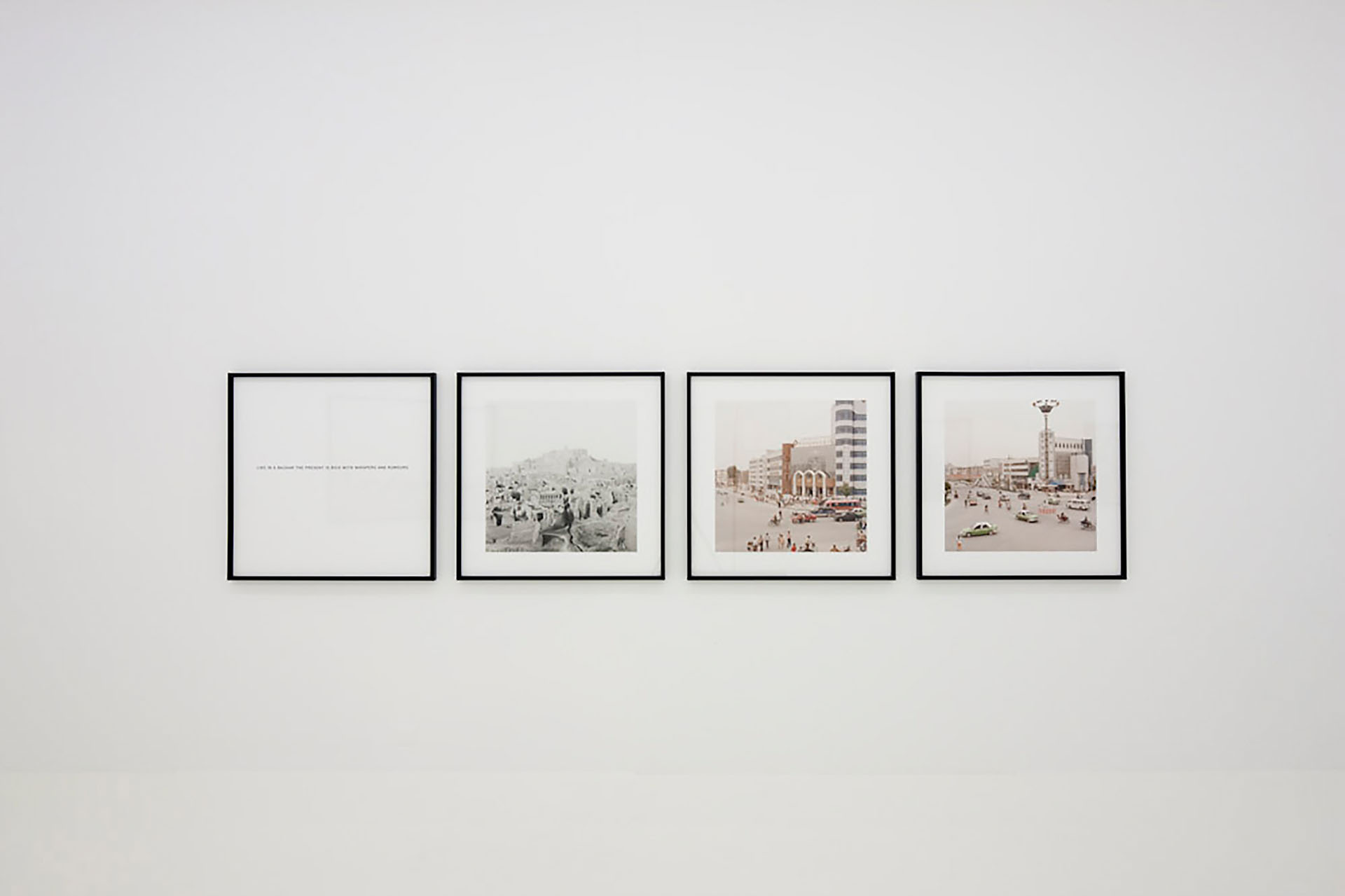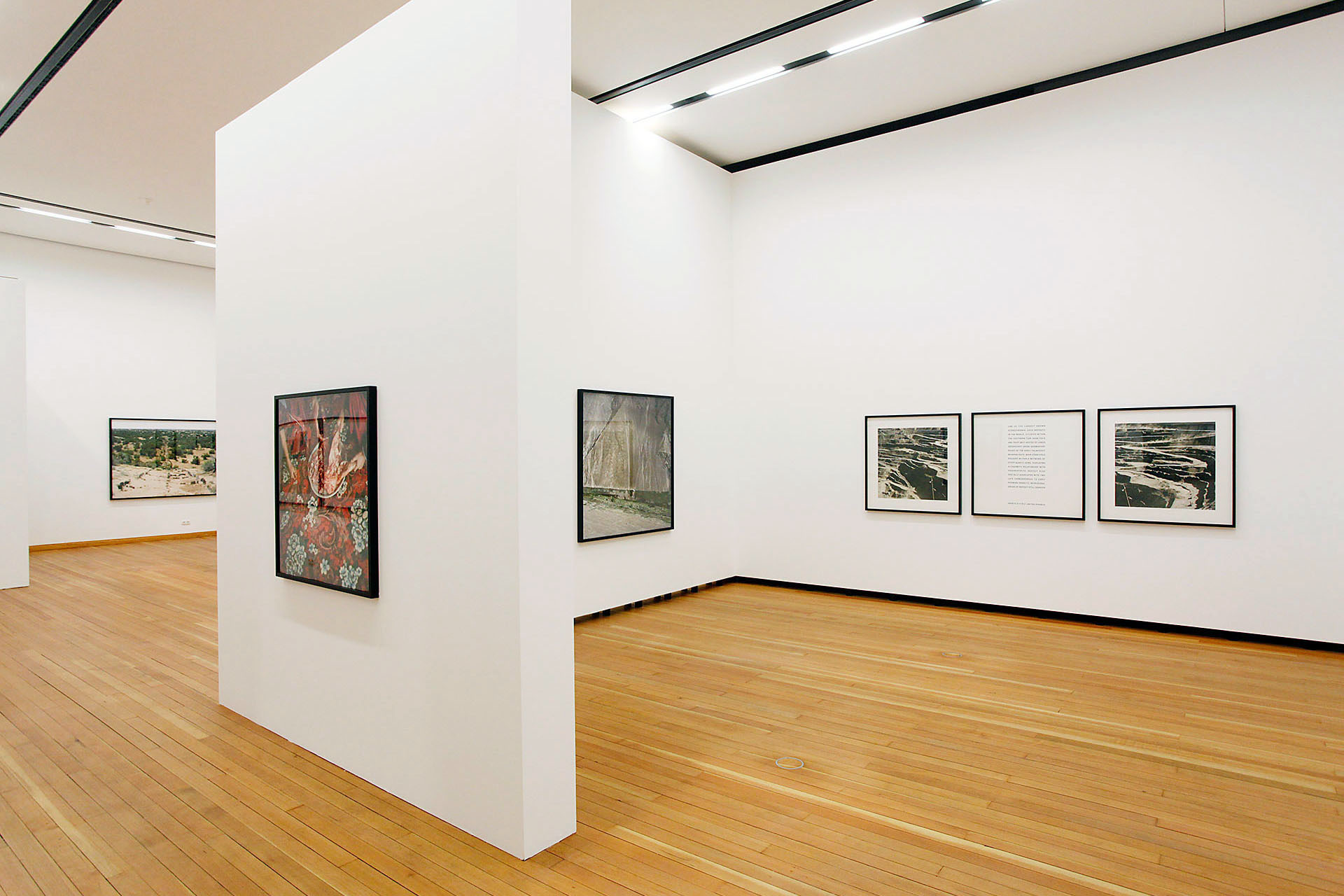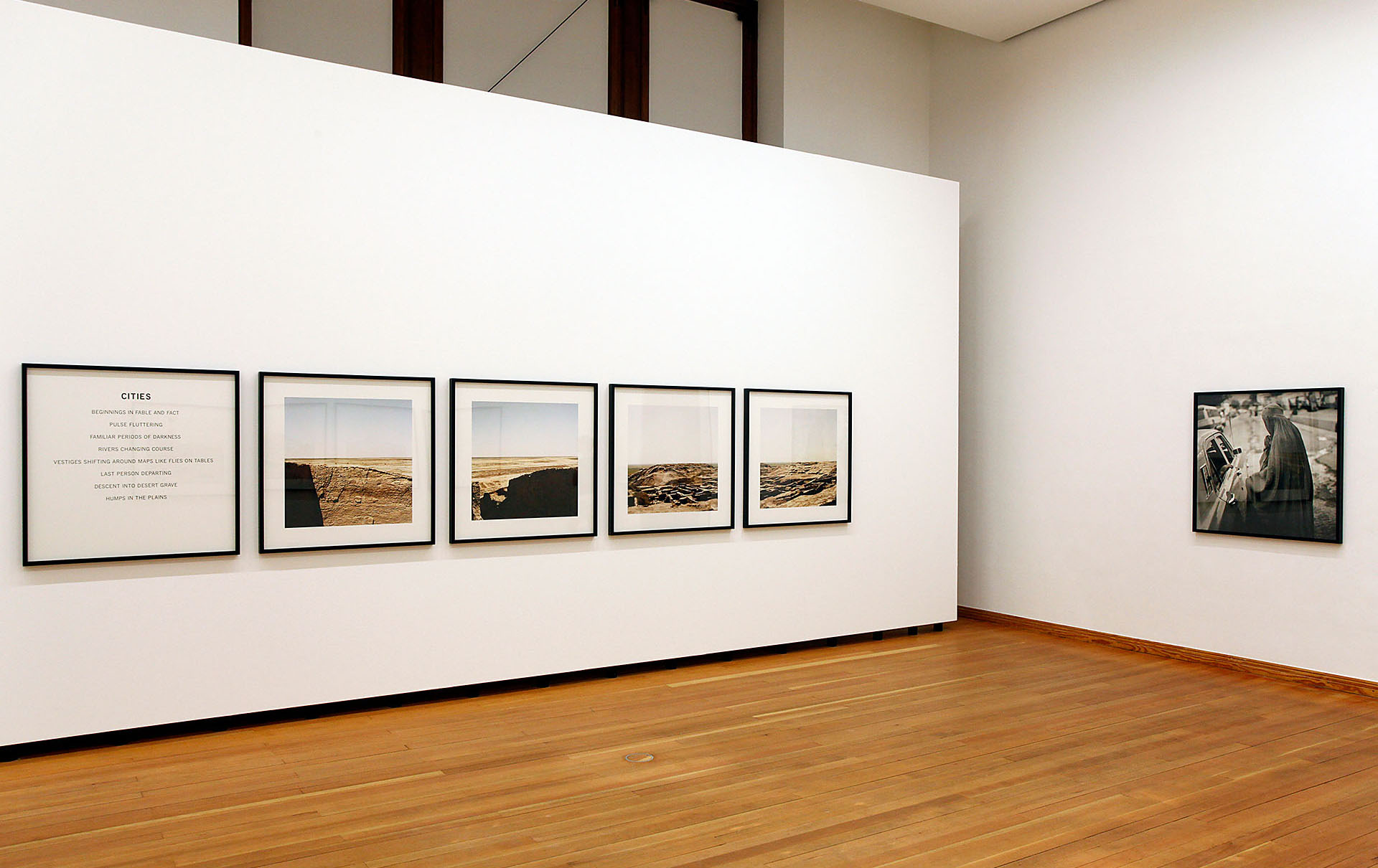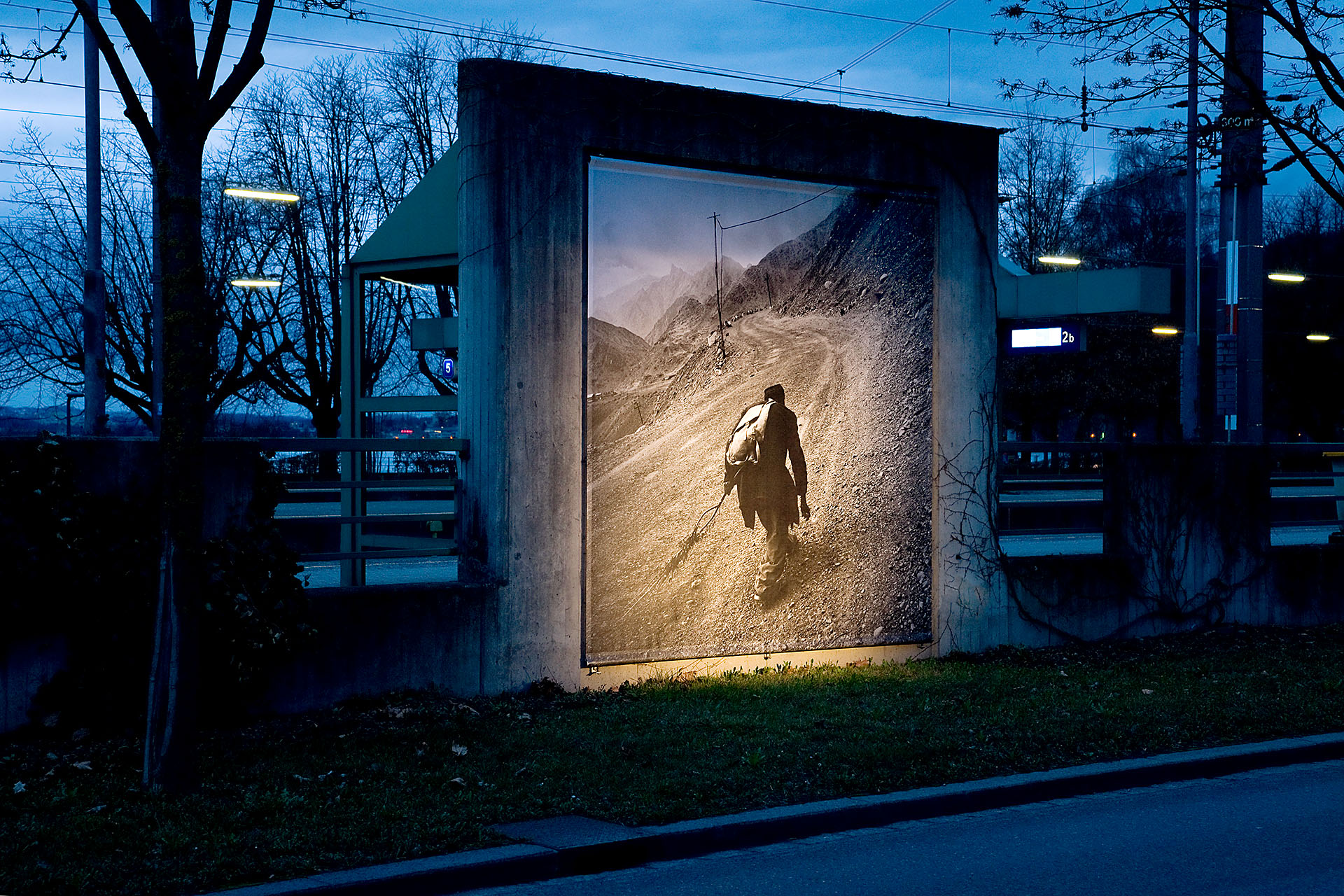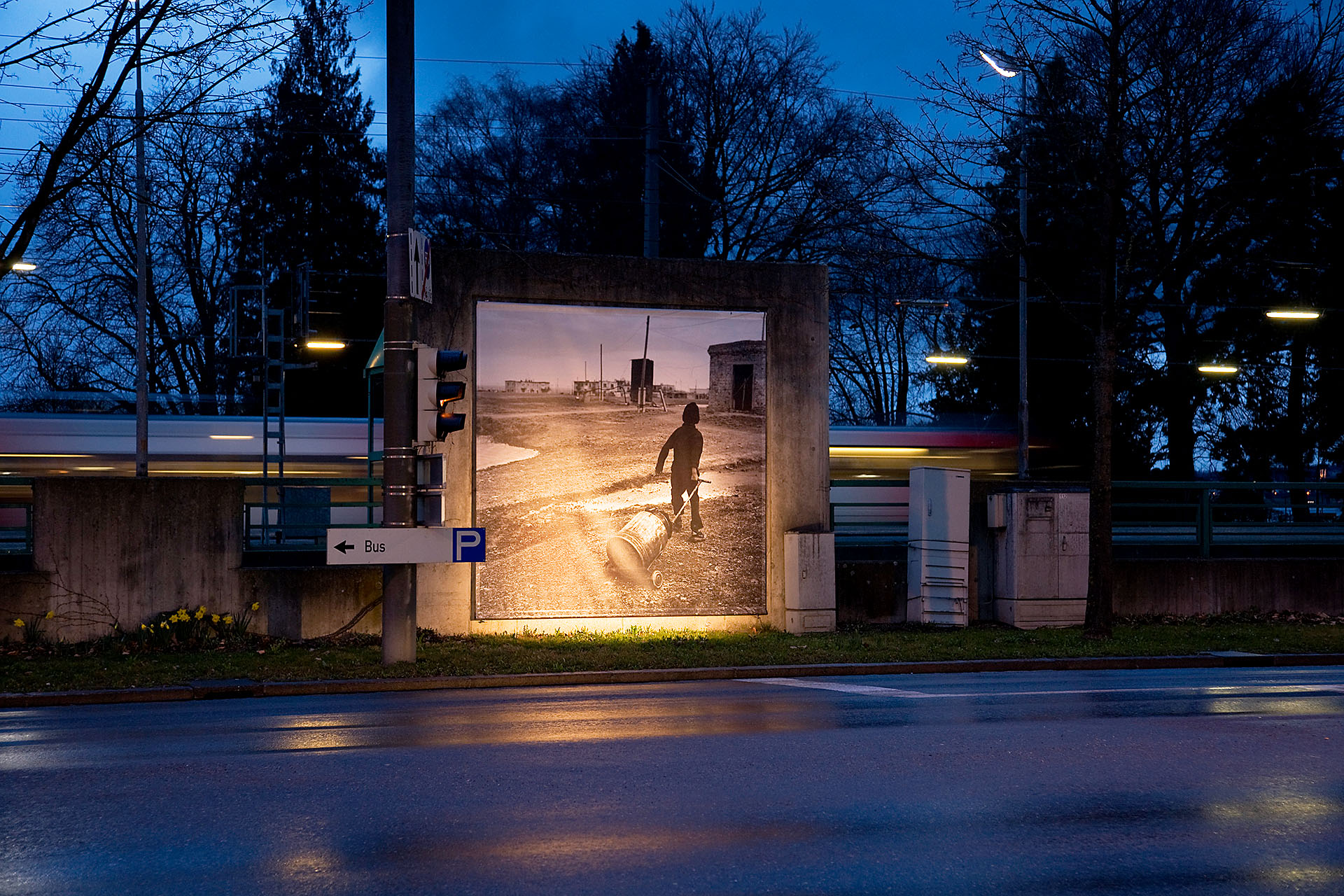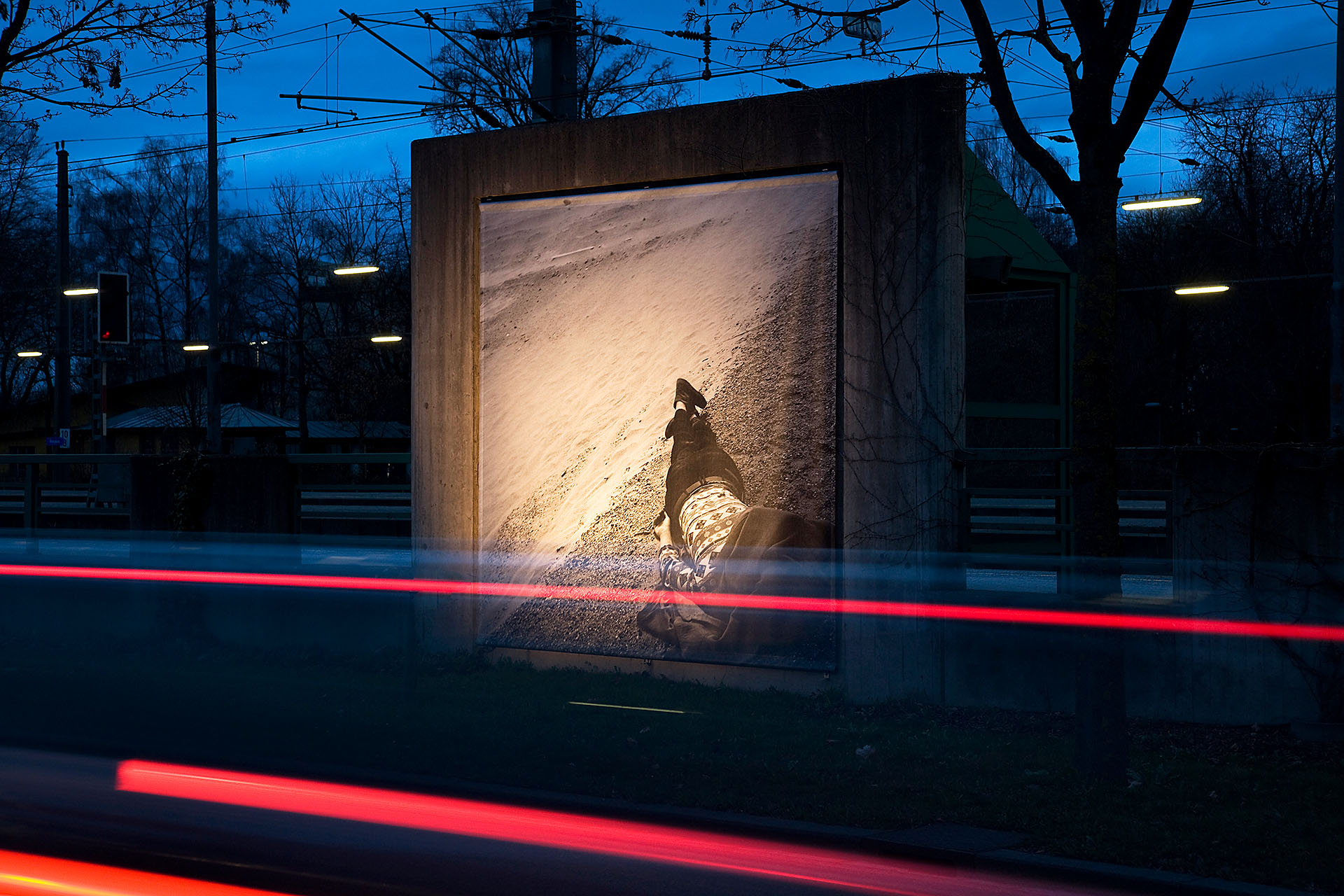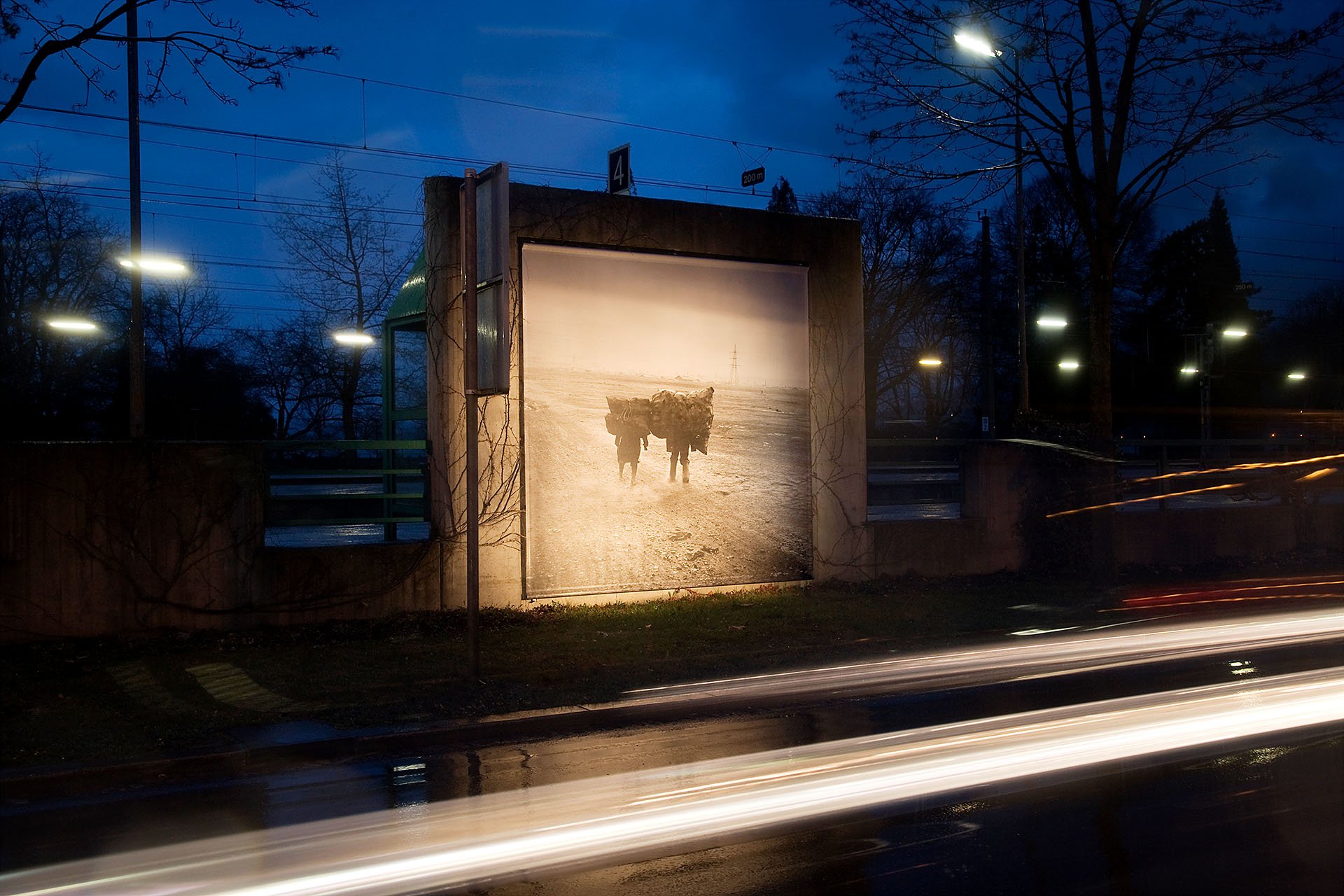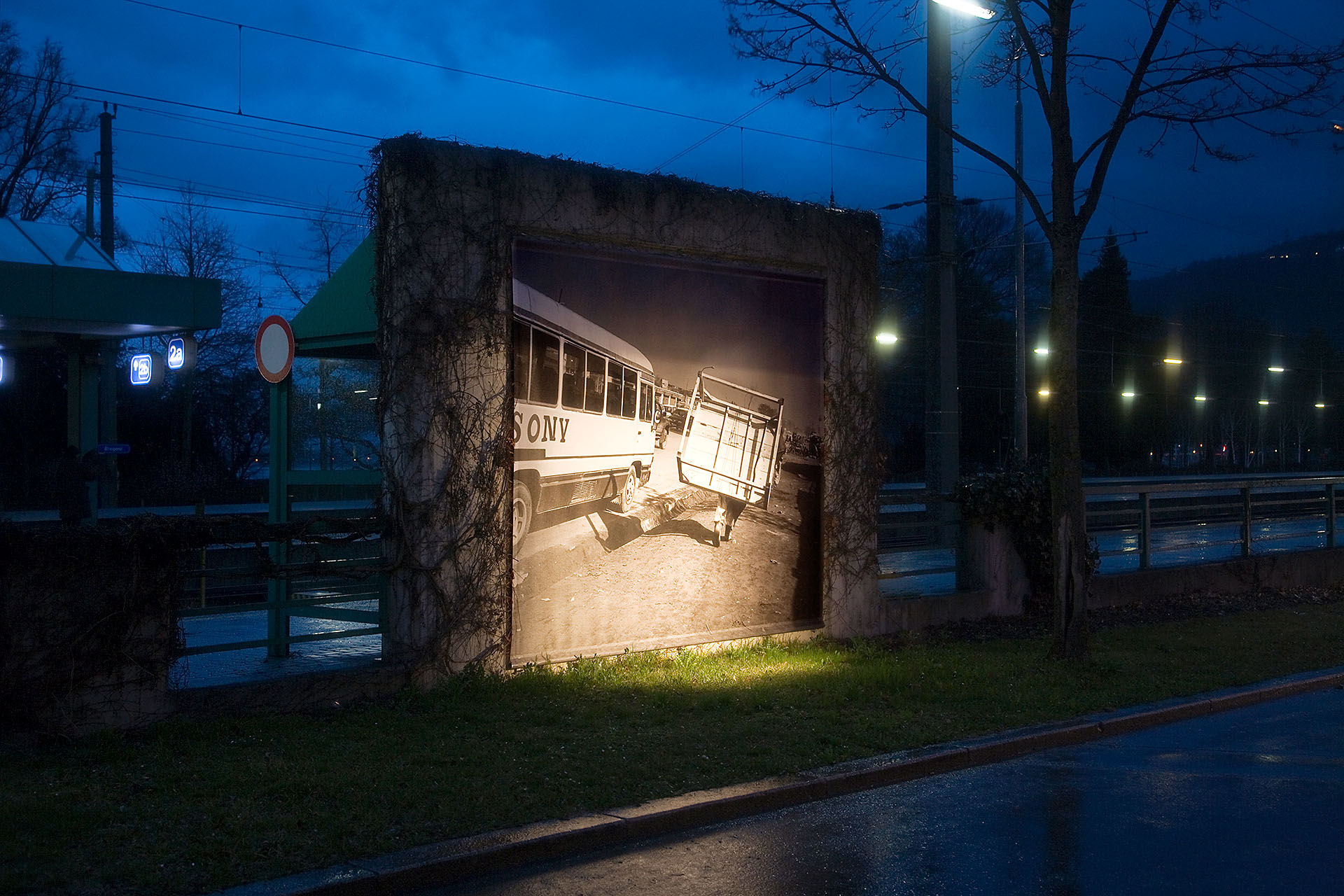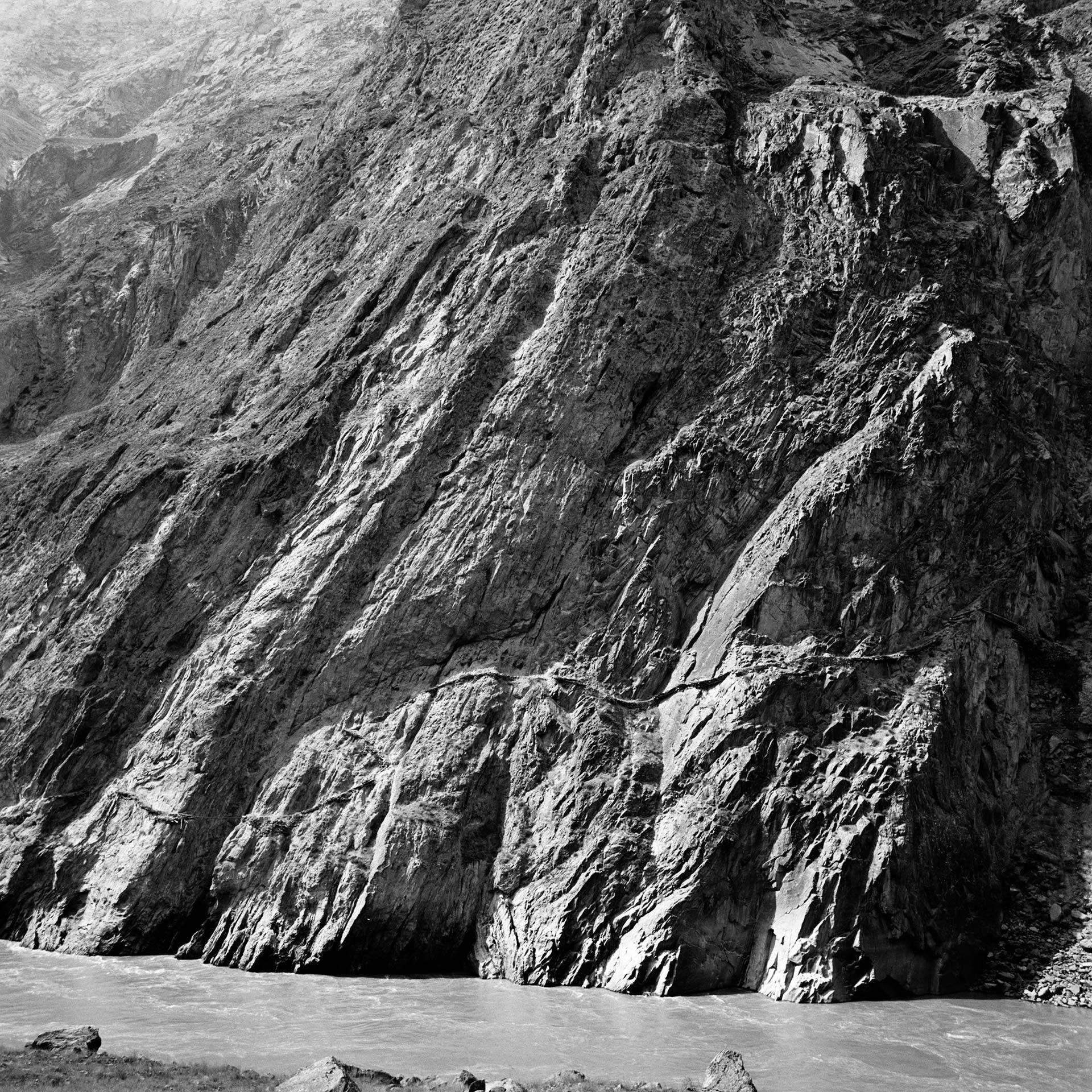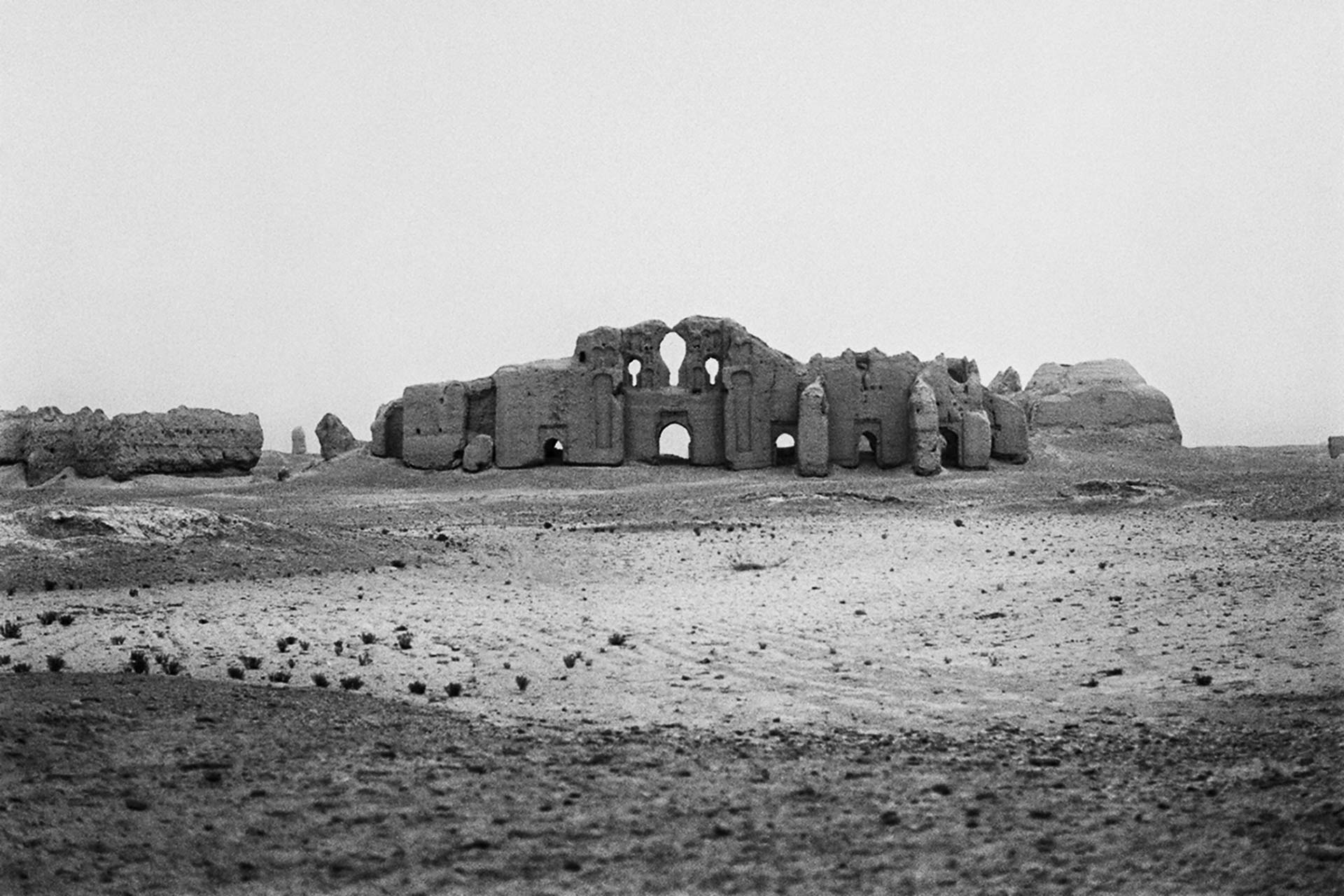1995–2007
Travelling through the Eye of History
Companion volume to
Schnee in Samarkand. Ein Reisebericht aus dreitausend Jahren
This pre- and post-9/11 observation of the hinterland of war concerns the five Central Asian Republics (Kazakhstan, Kyrgyzstan, Tajikistan, Turkmenistan, Uzbekistan) and Afghanistan, as well as the adjoining regions of the Caspian Sea, Iran, Pakistan, Indian Kashmir, China’s Xinjiang Province, and Mongolia. Geography is established both as the destiny of this transcontinental space and arc of crisis and as the shaper of its history which, contrary to prophesies, did not come to an end at the dawn of the 21st century.
Travelling through the Eye of History reveals the harsh realities of life in the hostile environment of the world’s largest natural fortress, realities marked by a state of ecological emergency and transformed by the machinations of the great powers. Forming a multilayered travelogue covering the terrain of what is commonly known as the Silk Road, the photographs replace the cliché that misreads the meaning and function of this network with a broad canvas revealing the undertow of regional strife and armed conflict with huge international repercussions.
Realized during hazardous journeys on routes used by those questing for power, profit, and refuge, and following the arteries of ideas and images as well as fiber-optic cables, this seminal work touches on what is perennially emblematic. In doing so it also makes use of typographic textworks to convey how past and present interact, and how what lies beyond photography is necessary to relate.
Monograph
Travelling through the Eye of History
Thames & Hudson, London 2009
161 photographs, 106 in color
304pp (with 2 gatefolds)
Exhibitions
Travelling through the Eye of History. Ansichten aus dem Hinterland der Kriege
Explore views: Martin-Gropius Bau, Berlin 2011
Explore views: Helmhaus Zürich, Zürich 2009
Group exhibitions
WARTIFACTS, ACC Galerie, Weimar, 2015
Image Anxiety, Photo Espagna, Madrid 2012
Explore views: Face of Our Time San Francisco Museum of Modern Art, San Francisco 2011
Watch interview: Traveling through the Eye of History on sfmoma.org
Watch interview: My University is the Road on sfmoma.org
Selected anthologies, catalogues, and print media publications
Ansiedad de la Imagen. Image Anxiety. PhotoEspagna, Madrid 2012
Winter in Kabul, Kursbuch, 166, Hamburg, März 2007
Trostlose Normalität, Neue Zürcher Zeitung-Zeitbilder, 16, Zürich, 20.-21. Januar 2007
Ein Volk. Ein Reich. Ein Turkmenbashi, GEO, 11, Hamburg, November 2005
Die Seidenstrassen. Vom Lauf der Welt, DU, 753, Zürich, Januar 2005
Bericht aus Chinas Westen. Neue Zürcher Zeitung-Zeitbilder, Zürich, 6.-7. Oktober 2001
Die Dsungarische Pforte. Neue Zürcher Zeitung-Zeitbilder, Zürich, 18.-19. August 2001
Pakistan. Die Schule der heiligen Krieger, Facts, 28, Zürich, 12. Juli 2001
Die Tragödie Afghanistans. Kaschmir: Kalter Hauch des Winters, Lettre International, 55; Berlin 2001
Kashmir, GEO, 1, Seoul 2001
Zentralasiatische Erfahrungen, Lettre International, 50, Berlin 2000
Überleben in Ulaanbaatar, Neue Zürcher Zeitung-Zeitbilder, 90, Zürich, 15.-16. April 2000
Ökonomie des Überlebens in Afghanistan, Neue Zürcher Zeitung-Zeitbilder, 217, Zürich, 19.-20. September 1998
Iran. Drei Wege nach Isfahan (Von der turkmenischen Grenze nach Isfahan), DU, 658, Zurich, März 1996
Reviews
»He is seeking to shed light on the geographically heterogeneous and political complex region, which is now finally being understood in the West as having direct consequences – to put it mildly – for its own wellbeing.«
Parkett, 89, Zürich, 2011
»Seine Bilder zeigen eine ganz eigene humanistische Sichtweise innerhalb der Dokumentaristen-Tradition.«
Berliner Zeitung, Berlin, 23. Juni 2011
»Daniel Schwartz’s photographs capture [the] collision between an ancient tribal culture, an often hostile landscape and a bloody war with sensitivity and calm, his images always alert to the impact of conflict on ordinary people and their livelihoods.«
Metro, London, 24 June 2009
»Fascinating photo-essay and very varied travelogue.«
The Independent on Sunday, London, 21 June 2009
»Packende Reportagefotografie, die ohne Sensation auskommt, aber sensationell einmalig ist.«
Tages-Anzeiger, Zürich, 24. April 2009
»In einer Welt, in der die Medien immer schneller, plakativer und monotoner werden, setzt Schwartz einen starken Gegenakzent. Das mag unzeitgemäss anmuten, doch ist es genau diese Haltung, die [seine] Auseinandersetzung mit der Weltgeschichte zur Kunst macht.«
WOZ/Die Wochenzeitung, Zürich, 23. April 2009
»Eine mehr suggestive als aufklärerische Ausstellung.«
Neue Zürcher Zeitung, Zürich, 22. April 2009
»Distanzierter, aber anteilnehmender Beobachter.«
Aargauer Zeitung, Aarau, 17. April 2009
Books
- 2019–2023Tracings. Photography and Thought
- 2009–2016While the Fires Burn. A Glacier Odyssey
- 1991/95–2007Travelling through the Eye of History
- 1987–2007Schnee in Samarkand.
Ein Reisebericht aus dreitausend Jahren - 1991–1995Delta. The Perils, Profits and Politics of Water in South and Southeast Asia
- 1989How Much Land
- 1987–1988 (1990, 1993, 2000)The Great Wall of China
- 1977–1985Metamorphoses. Greek Photographs


